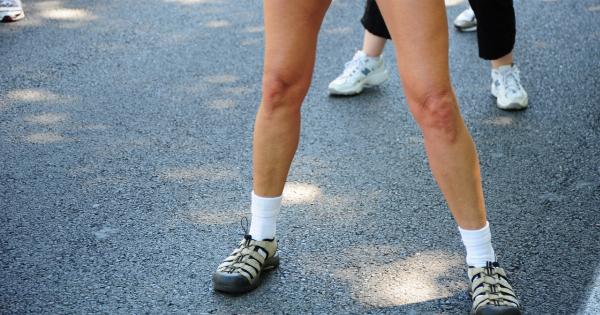Regular exercise plays a crucial role in maintaining overall health and well-being. It can help in reducing the risk of various health conditions, including high cholesterol levels. High cholesterol is a major risk factor for heart disease and stroke.
Engaging in specific exercises can aid in lowering cholesterol levels effectively. This article explores different types of exercises that can help lower cholesterol levels and provides recommendations on how often to perform them.
Understanding Cholesterol
Before diving into the exercise recommendations, it’s important to understand what cholesterol is and how it affects our health. Cholesterol is a waxy substance produced by the liver and also obtained from certain foods.
It is essential for the production of hormones, Vitamin D, and other substances that aid in digestion. However, high levels of cholesterol in the blood can accumulate and lead to plaque formation in the arteries, increasing the risk of heart disease.
Cardiovascular Exercises
Cardiovascular exercises, also known as aerobic exercises, are highly effective in lowering cholesterol levels. These exercises increase heart rate and improve overall cardiovascular health.
Some of the best cardiovascular exercises for lowering cholesterol include:.
1. Brisk Walking
Brisk walking is a low-impact exercise that can be easily incorporated into daily routines. Aim for at least 30 minutes of brisk walking most days of the week to help lower cholesterol levels.
2. Running or Jogging
Running or jogging is another excellent exercise that can help reduce cholesterol levels. Start with shorter distances and gradually increase the duration and intensity of your runs to see significant improvements in cholesterol levels.
3. Cycling
Cycling is a low-impact exercise that is gentle on the joints and can be performed indoors or outdoors. Incorporate regular cycling sessions into your routine to enhance heart health and lower cholesterol levels.
4. Swimming
Swimming is a full-body workout that engages multiple muscle groups and provides an excellent cardiovascular workout. Aim for at least two to three swimming sessions per week to help lower cholesterol levels.
Strength Training
In addition to cardiovascular exercises, strength training exercises can also contribute to lowering cholesterol levels. Strength training helps build muscle mass, which in turn helps improve metabolism and regulate cholesterol levels.
Some effective strength training exercises include:.
1. Weightlifting
Weightlifting using dumbbells, barbells, or resistance machines can help build muscle strength and reduce cholesterol levels. Aim for two to three strength training sessions per week, targeting different muscle groups on alternate days.
2. Bodyweight Exercises
Bodyweight exercises such as push-ups, squats, lunges, and planks are great for building strength without the need for equipment. Include these exercises in your routine two to three times per week for optimal results.
3. Yoga
Yoga combines stretching, strength, and balance exercises, providing a holistic approach to fitness. Regular yoga practice can aid in reducing cholesterol levels and improving overall cardiovascular health.
Exercise Duration and Frequency
The American Heart Association recommends at least 150 minutes of moderate-intensity aerobic exercise or 75 minutes of vigorous-intensity aerobic exercise per week for overall cardiovascular health.
To specifically lower cholesterol levels, aim for 40 minutes of moderate to vigorous-intensity exercise three to four times per week.
Important Considerations
Before starting any exercise program, it is essential to consider certain factors:.
1. Consult with a Healthcare Professional
If you have any underlying health conditions or concerns, it’s crucial to consult with a healthcare professional before beginning any exercise routine.
2. Start Slow and Progress Gradually
If you are new to exercising or have been leading a sedentary lifestyle, it’s important to start slow and gradually increase the duration and intensity of your workouts to avoid injuries.
3. Listen to Your Body
Pay attention to how your body feels during and after exercise. If you experience any discomfort, pain, or dizziness, stop exercising and seek medical advice.
4. Combine with a Healthy Diet
To further enhance the benefits of exercise on cholesterol levels, it is important to combine it with a healthy diet. Reduce the intake of saturated and trans fats, and increase the consumption of fruits, vegetables, whole grains, and lean proteins.
Conclusion
Incorporating regular exercise into your routine can help lower cholesterol levels and reduce the risk of heart disease. Cardiovascular exercises, strength training, and other physical activities provide numerous benefits beyond cholesterol management.
Follow the recommended exercise durations and frequencies mentioned above, and always remember to prioritize your overall health and well-being.





























